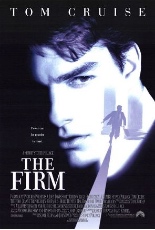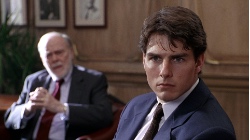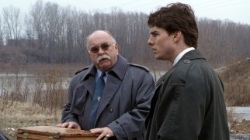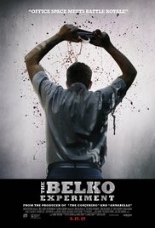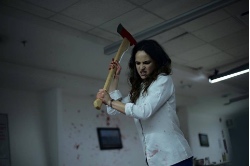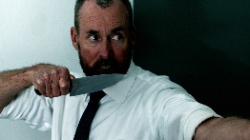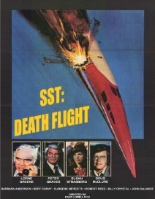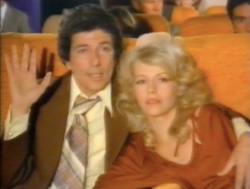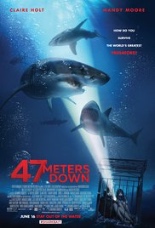
 Two things you should know about 47 Meters Down:
Two things you should know about 47 Meters Down:
1. It was one week away from debuting on home video when it was picked up for a theatrical release.
2. One meter equals roughly 3.28 feet. Not being raised on the metric system, I had to Google that. It would have been helpful to know.
Nursing a broken heart, Lisa (Mandy Moore, Saved!) takes her younger, more liberated sister (Claire Holt, Messengers 2: The Scarecrow) with her to vacation in Mexico. Over fruity drinks, a couple of local studs (Jason X’s Yani Gellman and Scream: The TV Series’ Santiago Segura) cajole the girls into going shark-sighting with them the next day. Doing so entails donning scuba gear inside a metal cage lowered a few meters below the ocean’s surface. From the ship, captained by a gringo (Matthew Modine, TV’s Stranger Things), buckets of chum are dumped illegally to attract sharks to see. That method works — a little too well, when the winch snaps loose and the sisters are sent to the ocean floor, some 47 met– oh, you know?
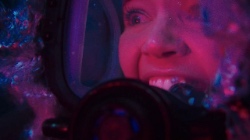 As with similar minimalist shark thrillers Open Water and The Shallows, this is one of those high-concept films where the premise is so simple, one wonders how an entire feature can be squeezed from the tube. Director and co-writer Johannes Roberts (The Other Side of the Door) somehow manages. His bag of tricks may not be original — a cage door that gets caught, the ever-present deadline of expiring air tanks — but they work just enough to notch the movie over to the side of fun. It’s a crowd-pleaser, to be sure … if that crowd is full of viewers who are easily swayed and led around like, well, sharks to chum.
As with similar minimalist shark thrillers Open Water and The Shallows, this is one of those high-concept films where the premise is so simple, one wonders how an entire feature can be squeezed from the tube. Director and co-writer Johannes Roberts (The Other Side of the Door) somehow manages. His bag of tricks may not be original — a cage door that gets caught, the ever-present deadline of expiring air tanks — but they work just enough to notch the movie over to the side of fun. It’s a crowd-pleaser, to be sure … if that crowd is full of viewers who are easily swayed and led around like, well, sharks to chum.
Gorgeous underwater photography, sharks that don’t look fake, a running time under 90 minutes and genial performances from Holt and Moore combine to combat the fact that 47 Meters Down lacks the intensity with which it should be waterlogged. Roberts delivers one showstopper of a shot I won’t spoil — it involves a flare — and stops just shy of an ending that would enrage audiences like nothing since The Mist. No flourish, however, earns Roberts the right to slap his name as a possessive above the title, as seen in the opening credits. Get at least one classic under your scuba belt first. —Rod Lott

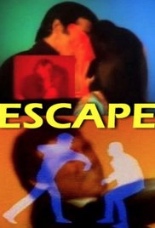
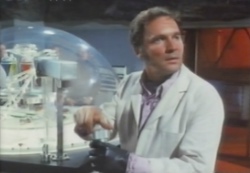 Charles is holding Henry captive, wishing to use his brother’s breakthrough for nefarious purposes. But the “why” is less important than the “where”: the Happyland amusement park! Yes, in order to spring Henry from captivity, Steele must navigate a funhouse laden with tricks and traps, which is where the telefilm lives up to the wonder promised by its way-out opening credits, scored by
Charles is holding Henry captive, wishing to use his brother’s breakthrough for nefarious purposes. But the “why” is less important than the “where”: the Happyland amusement park! Yes, in order to spring Henry from captivity, Steele must navigate a funhouse laden with tricks and traps, which is where the telefilm lives up to the wonder promised by its way-out opening credits, scored by 